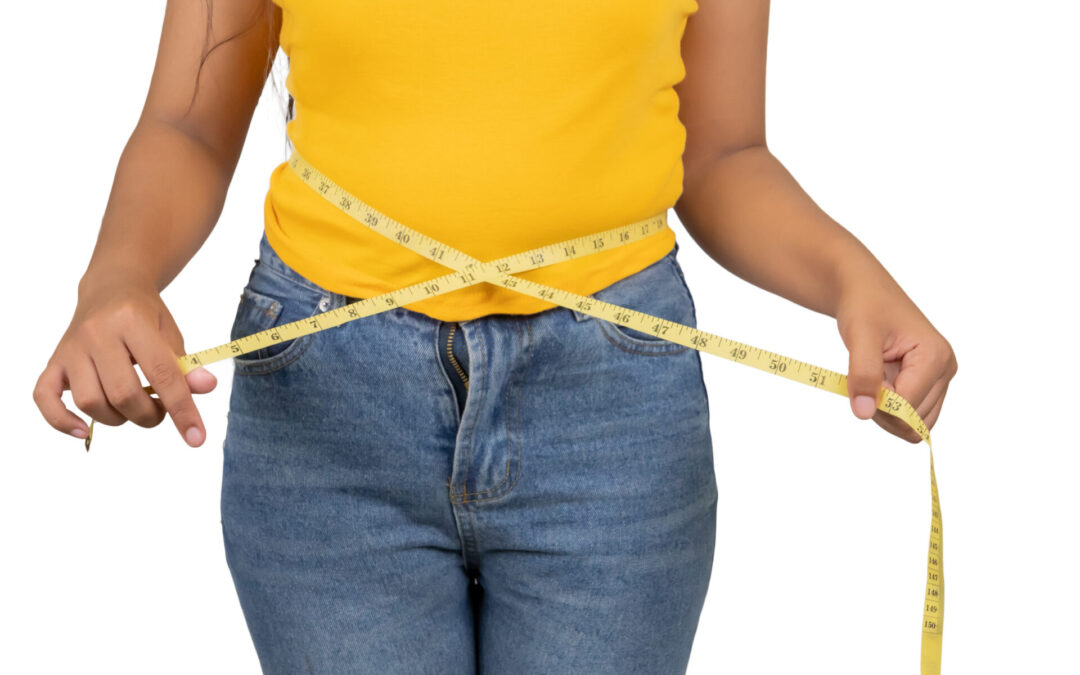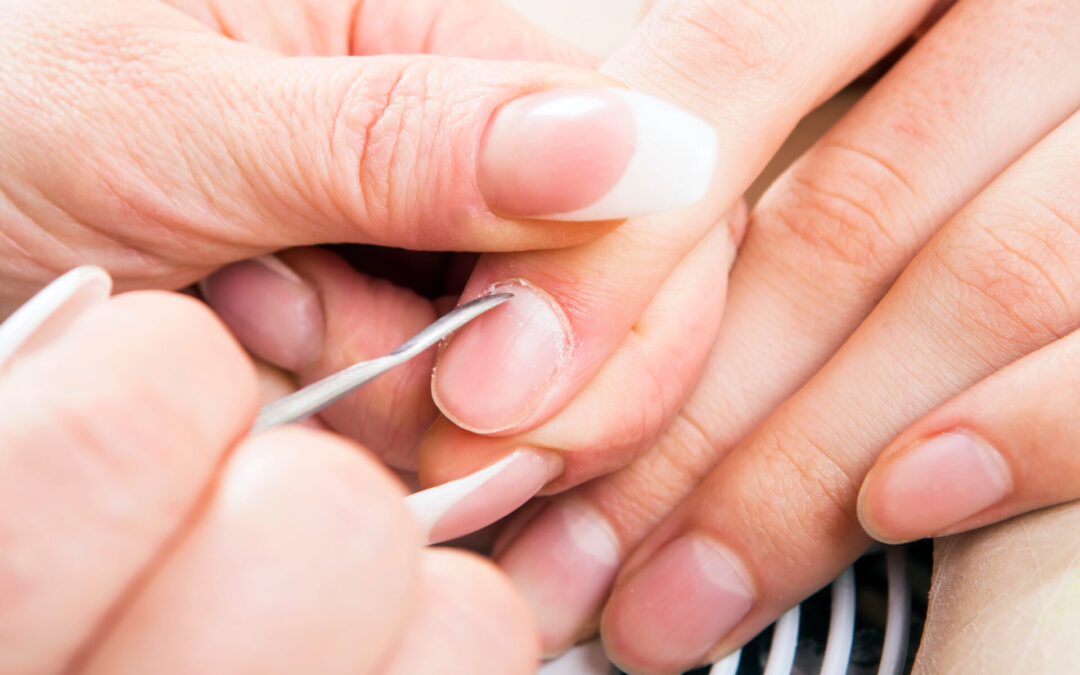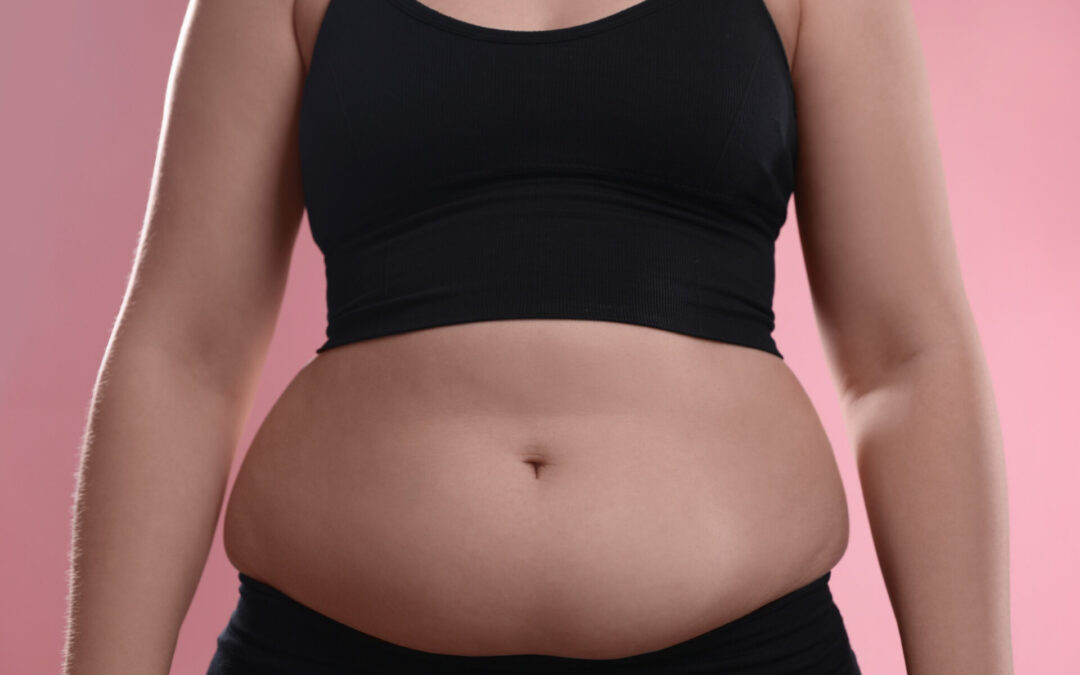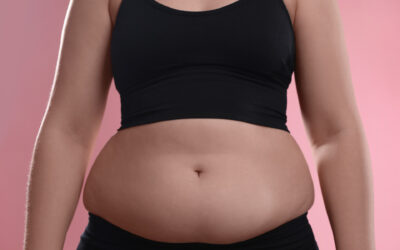In today’s society, there is an immense focus on body image and weight loss. One area that often draws attention is the midsection, specifically the presence of fat rolls. Many individuals struggle with hormonal belly fat, love handles, and various other types of fat rolls that can be a source of frustration and self-consciousness.
This article aims to shed light on the subject, providing insight into the nature of fat rolls, their causes, and the possibilities for their removal.
What Are Fat Rolls and How Do They Happen?
Fat rolls, also known as adipose tissue, refer to the accumulation of excess fat in specific areas of the body, resulting in visible rolls or bulges. These areas commonly include the abdomen, love handles, inner thighs, arms, and under the breasts. Fat rolls can vary in size and appearance, from small rolls that are barely noticeable to larger, more prominent ones.
The development of rolls of fat is primarily influenced by hormonal factors and overall body fat percentage. Hormonal belly fat, in particular, can be attributed to imbalances in hormones such as cortisol, insulin, and estrogen. These imbalances can lead to the accumulation of fat around the midsection, making it challenging to reduce belly fat through conventional means like diet and exercise alone.
Just Because You Have Fat Rolls Doesn’t Mean You’re Fat
It’s crucial to note that the presence of fat rolls does not necessarily mean a person is overweight or unhealthy. Body fat distribution varies greatly among individuals, and genetics play a significant role in determining where fat is stored. Some people may naturally have more fat in certain areas, resulting in the appearance of fat rolls, even if their overall body weight is within a healthy range.
It’s important to focus on overall health and body composition rather than solely fixating on the presence of rolls of fat. A balanced lifestyle that includes a nutritious diet, regular physical activity, and stress management can contribute to your overall well-being, regardless of the presence of fat rolls.
Can You Get Rid of Fat Rolls?
The desire to get rid of body rolls fat is strong enough to create a thriving market for stomach liposuction. The belly fat removal surgery cost is incredibly high, though, both in terms of actual money and the potential side effects and surgery complications. Liposuction of the abdomen is fairly invasive; it involves the removal of excess fat through small incisions using a suction technique. Surgical options like belly liposuction can target fat more directly than any other option, but the price and risk are likely not worth it except in extreme situations.
For belly fat removal without surgery, a healthy lifestyle (diet and exercise) should always come first. You don’t really need stomach lipo if you’re losing weight just by eating right. Diet and exercise can also help remove fat in other areas, like arm fat rolls or a roll of fat under breasts, that liposuction doesn’t touch.
Some people would call it a downside that you can’t choose where fat will be lost, but if you spend enough time eating right and exercising then you are bound to see your fat melt away in just about all areas.
You can also try something like a waist trainer for love handles, which is a garment designed to compress and shape the midsection. This is temporary, though, and will not directly eliminate rolls of fat, so exercise is still the most important.
Is it Dangerous to Have Fat Rolls?
While having an excess of adipose tissue or body fat is not inherently dangerous on its own, having excessive fat rolls/body fat can increase the risk of various health related issues and complications.
If you’re like me, when you hear “fat rolls”, you immediately think of the abdominal area. Excess weight in the stomach or gut increases your risks of cardiovascular diseases, type 2 diabetes, joint problems, sleep apnea, and obesity linked types of cancers like breast, colon and pancreatic.
As we’ve mentioned previously, the distribution of body fat does play a role in determining the level of health risk. Remember, apple-shaped bodies (fat stored around the waist) pose a higher risk compared to pear-shaped bodies (fat stored around the hips and thighs)
Are Different Body Types More Susceptible?
Research suggests that different body types may have varying propensities for the development of fat rolls. A study published in the journal Diabetologia examined the relationship between body fat distribution and genetic factors. The researchers found that certain genetic variations can influence fat distribution patterns, making some individuals more prone to developing fat rolls in specific areas.
The study revealed that the presence of fat rolls is influenced by a combination of genetic and environmental factors. While genetics play a significant role, lifestyle choices such as diet, physical activity, and stress management can also contribute to the development and persistence of fat rolls.
Dead Fat Cells Are Replaced By New Ones
One interesting aspect of rolls of fat is that the fat cells within them are not permanent. Fat cells have the ability to expand or shrink depending on energy balance, but they can also undergo turnover and be replaced by new ones. This turnover process provides hope for individuals struggling with rolls of fat.
By adopting healthy habits and creating a calorie deficit through diet and exercise, it is possible to gradually reduce the size and appearance of fat rolls as old fat cells are replaced by new ones.
Different Body Fat Means Different Things
Not all body fat is created equal, and understanding the different types of body fat can provide valuable insights into the implications for overall health. Fat is classified in different ways; one common division is between subcutaneous fat (which is at the surface of the skin, providing energy storage and insulation but also causing belly rolls) and visceral fat (which is closer to the organs, designed to cushion them, but much more likely to cause health complications).
However, the most important distinction is between brown fat and white fat. White fat is what stores the most energy and contributes to obesity. It’s found in the chest, legs, and abdomen. It functions only as storage, and that storage can easily become filled and overflowing.
Brown fat, on the other hand, is mostly good for you. It usually comprises less than 1% of the amount of fat in your body, and it burns the fat stored in it to keep you warm. It’s like a built-in heater. Brown fat is usually found in small deposits in your neck, shoulders, and chest.
The healthiest people have more brown fat than average and less white fat than average, but we don’t currently have a good way to measure the amount of brown fat in a person’s body. White fat can be reduced mostly through diet and exercise, so although they’re painful, they’re still the best way to stay healthy.
Click here for more articles about belly fat and getting healthy.
Zoppler is reader supported and may earn affiliate commissions from links on this page. We support and believe in all the products and services we promote and are affiliated with.











